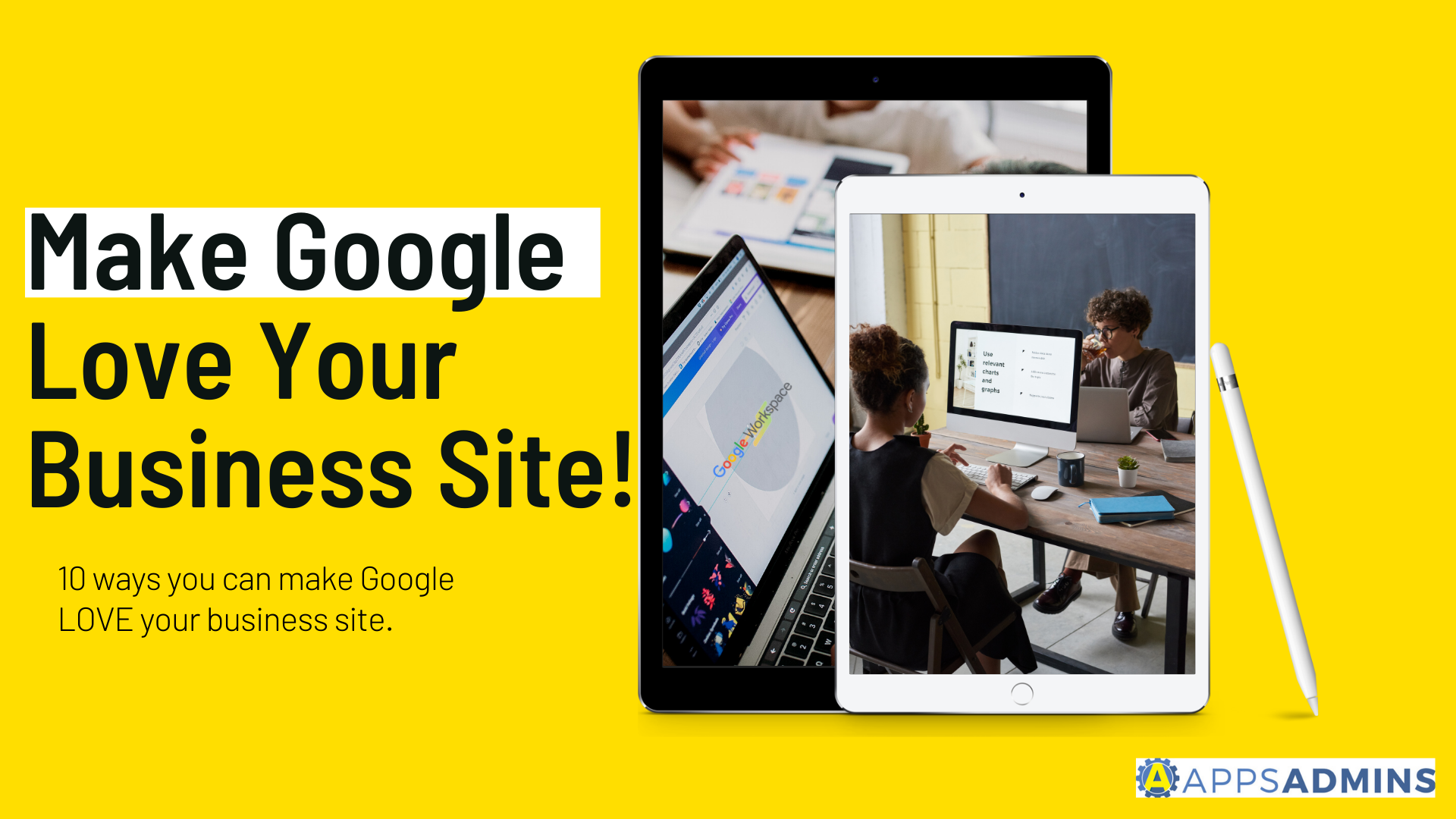G Suite Business Free for 30 Days
Sign up for a Free 30 Day Trial of G Suite Business and get Free Admin support from Google Certified Deployment Specialists.


Google Cloud creates many possibilities for businesses of varying sizes. However, migrating to the cloud requires a careful, organized approach. Change management best practices revolve around thoughtful guidance and communication.
The approach provides significant value to organizations. It becomes easier to reduce the timeframe of co-existence when your company is running both G Suite and legacy systems. In addition, you can handle the organization-wide transition with ease. A well-managed transition minimizes holdouts, increases the speed of adoption and boosts productivity.
In turn, user satisfaction levels and return on investment rise significantly. A Mckinsey study revealed that companies that implement excellent chance management achieve a higher ROI with a difference of 108 percent than those with poor or no change management.
Change management Phases
Adopting an effective model is a practical way to achieve positive outcomes. Get Ready, Communicate, Train is one of the best models available to organizations. It allows a Google Admin/G Suite Admin to break down various phases and assign important tasks to team members.
Get ready – allows you to plan in a way that takes organizational culture into context. It gives you an opportunity to evaluate the support needed by your staff to achieve their individual tasks, thus contribute to a successful transition. Some of the key readiness tasks include setting up a Google guides program, profiling users and conducting a readiness survey.
Communicate – focuses on motivating your entire team as regards the transition to G Suite. As a Google Admin/G Suite Admin you are responsible for launching an internal marketing campaign. Additionally, you should formulate a viable communication plan.
Train – focuses on educating your entire team about Google Apps. You are required to implement an effective training plan and proceed to launch a training platform where courses will be conducted.
One way to ensure a successful transition is to work with a Google Partner or reseller. G Suite Partners like Coolhead Tech have migrated thousands of users to G Suite and know the common and uncommon pitfalls to deploying the apps.
Planning your G Suite Deployment
A good plan allows you to formulate a viable change management proposal and obtain executive support. This paves way for building a solid change management team capable of delivering results.
The planning phase provides an opportunity for project management teams to formulate various strategies aimed at data migration and mobile devices. It also allows the team to configure authentication parameters and conduct deployment planning workshops. You will collaborate with the project team to gather feedback from users about the change management proposal.
The results of the exercise will help the executive make a decision on whether to support your project.
Profile your user community
When profiling your user community, it is vital to follow best practices that enhance the effectiveness of your migration strategy. For this reason, it is recommended that you partner with the human resources department. Doing so enables you to draw insights from the HR department's understanding of your staff.
Human resources managers communicate with all employees and understand them better than other departments. You should leverage this knowledge by identifying your organization's language translation practices. In addition, verify the employee locations. You can expand the exercise by identifying the needs of user groups in departments you know best like IT.
You can identify users who have unique requirements for specific Google Apps services like Calendar and Gmail. They may need special communications or training as part of the Google Apps deployment. It is common for help desk or support staff and IT administrators to require custom training, which covers their special needs.
It Takes an Office
Don't be fooled by anyone who says a migration to any new server that impacts everyone is easy. Technically a G Suite Migration is easy for an IT professional but an this migration involves everyone and a significant amount of communication, training and coordination akin to moving an entire office. Consider the size of users you are responsible and consider if you can individually help each person, if necessary. Are you able to give them the personal attention they need to adjust how they perform a significant part of their job? You get the idea.
A Google Cloud Partner like Coolhead Tech can help you formulate a change management and G Suite migration strategy. Partners can also help you identify persons within your organization to help coordinate and support the big move.
.jpg?width=818&name=appsadmins-svg-rules-1%20(2).jpg)







